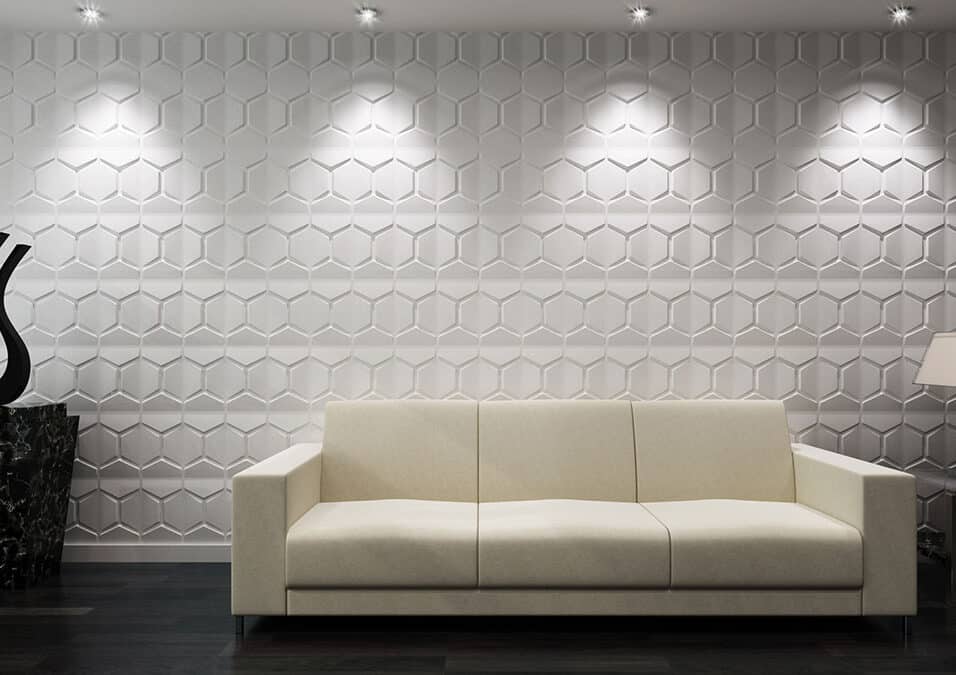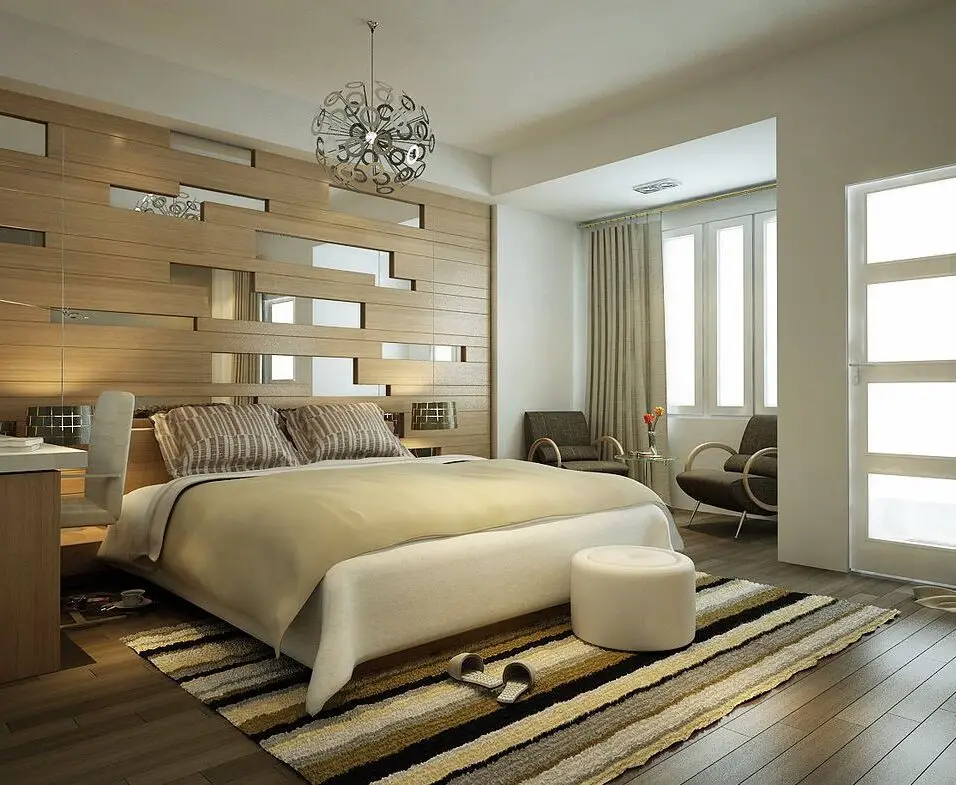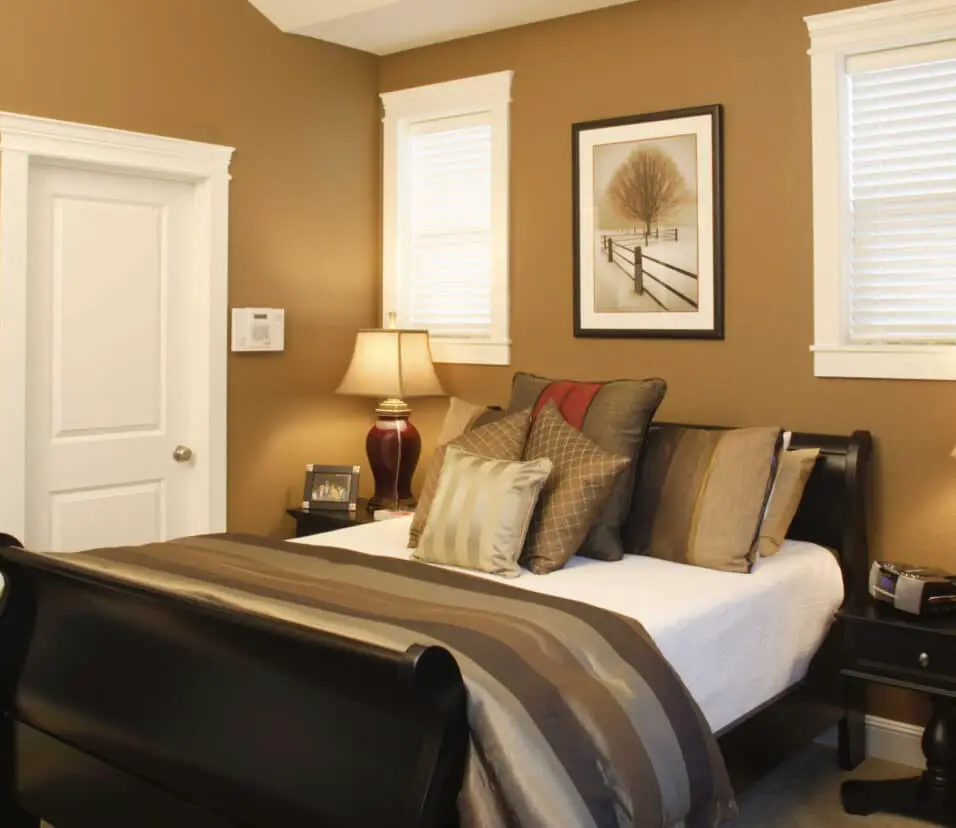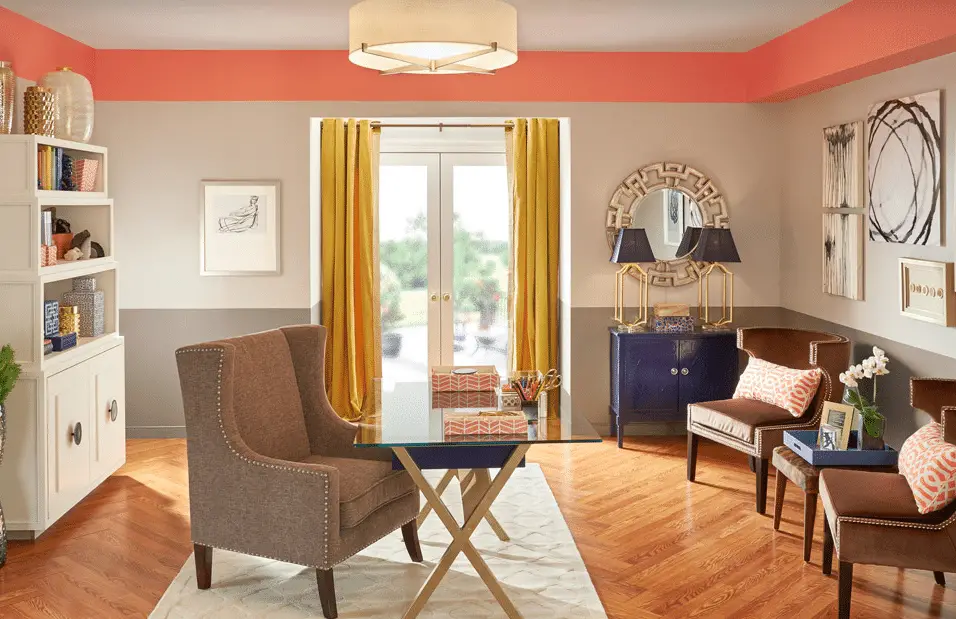How To Build A Interior Wall With A Door
Introduction
How To Build A Interior Wall With A Door: Building an interior wall with a door can be a great way to divide a large space into smaller, more functional areas. Whether you’re looking to create a separate room in your home or office, or simply want to add some privacy to an open floor plan, constructing an interior wall with a door is a relatively straightforward process that can be completed with the right tools and materials.
Firstly, it’s important to determine the location and dimensions of the wall. Consider the purpose of the interior wall and how it will fit into the overall layout of the space. This will help you determine the size and shape of the wall, as well as the placement of the door.
Next, gather the necessary materials and tools for the project. You will need framing lumber, drywall, screws, nails, a door frame, and a door. Additionally, you will need a tape measure, level, circular saw, drill, and hammer. It’s important to have all of these items on hand before you begin construction to ensure a smooth and efficient process.
Once you have your materials and tools ready, you can begin the construction process. Start by marking the location of the wall on the floor and ceiling, using a chalk line or straight edge. This will serve as a guide for the placement of the wall studs. Make sure the studs are plumb and level before securing them in place.

How much does it cost to build an interior wall with a door?
When it comes to building an interior wall with a door, the cost can vary depending on several factors. These factors include the size of the wall, the type of materials used, the complexity of the design, and the location of the project. It is important to consider these factors when estimating the cost of building an interior wall with a door. The size of the wall is one of the main factors that will affect the cost. A larger wall will require more materials and labor, which will increase the overall cost.
The type of materials used is another important factor to consider. The cost of materials can vary greatly depending on the quality and type of materials chosen. For example, using high-end materials such as hardwood or custom-made doors will increase the cost compared to using standard materials. The complexity of the design can also impact the cost.
Lastly, the location of the project can affect the cost. Labor and material costs can vary depending on the region or city where the project is taking place. It is important to research local prices and factor in any additional costs such as permits or inspections that may be required.
How do you build a stud wall with a door?
Building a stud wall with a door is a common task in construction and can be accomplished with the right tools and techniques. A stud wall is a non-load bearing wall made up of vertical wooden studs, horizontal top and bottom plates, and sheathing. It is a relatively simple process that can be completed by following a few steps.
The first step in building a stud wall with a door is to determine the location and size of the wall. Measure the desired length and height of the wall and mark the location on the floor and ceiling. Next, mark the location of the door within the wall. This will determine the placement of the studs and the size of the opening for the door.
Once the studs and plates have been cut, they can be assembled to form the frame of the wall. Start by attaching the top and bottom plates to the floor and ceiling using nails or screws. Then, insert the studs between the plates, spacing them evenly apart. Use a level to ensure that the studs are plumb and a tape measure to ensure that they are spaced correctly.
Can you install a door without a frame?
As long as the door frame is in good condition, and the new door panel is the same size as the old one, replacing a door without replacing the frame is certainly a possibility.
Yes, it is possible to install a door without a frame. However, it is important to note that installing a door without a frame may not provide the same level of stability and security as a door installed with a frame. The frame serves as a support structure for the door, helping to distribute the weight and pressure evenly and ensuring that the door functions properly.
It is important to consider the specific requirements of the door and the intended use of the space when deciding whether to install a door without a frame. In some cases, such as for interior doors or temporary installations, a frameless door may be a viable option. However, for exterior doors or areas that require enhanced security, it is generally recommended to install a door with a frame to ensure proper functionality and stability.
How does a door connect to the wall?
The door frame is what connects your door to the walls of your home. The frame consists of a head jamb or simply a head, which is the uppermost horizontal part of the frame.
A door connects to the wall through a combination of hinges, frames, and fasteners. It is an essential component of any building, providing access and security. The connection between a door and a wall is crucial for the door’s functionality and stability.
Hinges play a vital role in connecting a door to the wall. They are typically attached to the door frame and allow the door to swing open and closed. Hinges consist of two metal plates, one attached to the door and the other to the door frame. These plates are connected by a pin, which allows the door to rotate smoothly. Hinges are usually placed on the side of the door, although some doors may have hinges at the top and bottom as well.
How are interior walls built?
Interior Wall System Structure
Bottom Plate: Horizontal bottom plate made of a two-by-four, resting on and connected to the floor. Top Plate: Horizontal top plate, also a two-by-four, that connects to the tops of the vertical studs and to the ceiling. Studs: Vertical two-by-four studs spaced every 16 inches, on-center.
Interior walls are an essential component of any building structure, providing privacy, dividing spaces, and supporting the overall framework. The construction of interior walls involves a series of steps and materials that ensure durability, stability, and aesthetic appeal. From framing to finishing, each stage plays a crucial role in creating a functional and visually pleasing interior.
Framing: The first step in building interior walls is framing. This process involves creating a skeletal structure using wooden or metal studs. These studs are typically spaced at regular intervals and secured to the floor and ceiling. The framing provides the framework for the wall and determines its shape and size.
Insulation: Once the framing is complete, insulation is installed within the wall cavities. Insulation helps regulate temperature and soundproof the interior space. Common insulation materials include fiberglass, foam, and cellulose. The insulation is placed between the studs and secured in place to ensure maximum effectiveness.
Electrical and Plumbing: Before the walls are fully constructed, it is essential to install electrical wiring and plumbing systems. This involves running wires and pipes through the wall cavities, ensuring they are properly connected and meet safety standards. These systems are crucial for providing power, lighting, and water supply to the interior spaces.
Drywall: Once the insulation, electrical, and plumbing systems are in place
The next step is to install drywall. Drywall, also known as gypsum board or plasterboard, is a popular material used for interior walls. It is lightweight, easy to install, and provides a smooth surface for painting or wallpapering. Drywall sheets are cut to size, attached to the studs, and secured with screws or nails.
Finishing: After the drywall is installed, the walls are ready for finishing touches. This includes applying joint compound to fill any gaps or seams between the drywall sheets. The compound is smoothed out and sanded to create a seamless surface. Once the walls are smooth and even, they can be painted, wallpapered, or decorated according to the desired aesthetic.
To build an interior wall with a door, you will need several materials. The main materials include lumber, drywall, nails or screws, insulation, door frame, and door. The lumber will be used to construct the frame of the wall, while the drywall will be used to cover the frame and create a smooth surface. Nails or screws will be needed to secure the lumber and drywall together. Insulation is important to provide soundproofing and insulation properties to the wall. The door frame will be used to hold the door in place, and the door will serve as the entryway.
It is important to choose high-quality materials to ensure the durability and stability of the interior wall. The lumber should be straight and free from any defects. The drywall should be of the appropriate thickness and size for the wall. The door frame should be sturdy and properly sized to fit the door. Additionally, you may need additional materials such as joint compound, tape, and paint to finish the wall and make it ready for use.
What materials are needed to build an interior wall with a door?
When constructing an interior wall with a door, several materials are required to ensure a sturdy and functional structure. The essential materials include:
1. Lumber: You will need 2×4 or 2×6 studs for the wall framing, as well as top and bottom plates to secure the studs.
2. Drywall: Sheets of drywall will be necessary to cover the wall and create a smooth surface.
3. Door and Door Frame: Choose a door that fits the desired opening size and a door frame that matches the wall thickness.
4. Nails and Screws: Use nails to secure the framing and drywall, and screws for attaching the door frame.
5. Insulation: Insulate the wall for soundproofing and energy efficiency.
6. Joint Compound and Tape: These materials are needed for finishing the drywall seams and achieving a seamless appearance.
7. Paint or Wallpaper: Finally, choose a paint color or wallpaper to complete the interior wall’s aesthetic.
By gathering these materials, you will have everything necessary to build an interior wall with a door that meets your specific needs and preferences.
Are there any specific measurements or guidelines to follow when building an interior wall with a door?
When building an interior wall with a door, there are indeed specific measurements and guidelines that need to be followed to ensure a successful construction. These measurements and guidelines are crucial for achieving a structurally sound and aesthetically pleasing result.
The first step in determining the measurements for the wall and door is to carefully plan and measure the space where the wall will be constructed. This includes measuring the height, width, and depth of the area to determine the size of the wall. Additionally, it is important to consider any existing structures or obstacles that may affect the placement of the wall and door.
Once the measurements have been determined, it is important to follow standard building codes and guidelines for framing and construction. This includes using the appropriate size and type of lumber for the wall studs, headers, and door frame. It is also important to ensure that the wall is properly insulated and that any electrical or plumbing components are installed correctly.
When it comes to the door itself, there are specific guidelines for its placement and size. The door should be centered within the wall and have enough clearance for it to open and close without obstruction. The height and width of the door should also be in proportion to the overall size of the wall and the surrounding space.
Are there any safety precautions to consider during the construction process?
When constructing an interior wall with a door, it is important to prioritize safety to prevent accidents and ensure a successful project. One of the first safety precautions to consider is wearing appropriate protective gear, such as safety goggles, gloves, and a hard hat. This will help protect you from any potential hazards, such as flying debris or accidental falls.
Additionally, it is crucial to ensure that the construction site is clear of any obstacles or tripping hazards. This includes removing any tools, equipment, or debris that may be in the way. It is also important to secure the area by setting up caution signs or barriers to prevent unauthorized access and keep others safe.
Furthermore, it is essential to follow proper electrical safety procedures when working on an interior wall with a door. This includes turning off the power supply to any electrical outlets or switches that may be affected by the construction. It is also advisable to use insulated tools and avoid working near exposed wires to minimize the risk of electrical shocks or fires.
Are there any additional tips or recommendations for successfully building an interior wall with a door?
When it comes to successfully building an interior wall with a door, there are a few additional tips and recommendations that can help ensure a smooth and efficient construction process. Firstly, it is important to carefully plan and measure the location of the door within the wall. This includes considering the height and width of the door, as well as the placement of any necessary framing or support structures.
Another important tip is to use quality materials and tools. Investing in high-quality lumber, screws, and other building materials can make a significant difference in the durability and longevity of the wall and door. Additionally, using the right tools for the job, such as a level, tape measure, and power tools, can help streamline the construction process and ensure accurate and precise results.
Lastly, it is crucial to follow building codes and regulations. Before starting the construction process, it is important to research and understand the specific building codes and regulations in your area. This includes requirements for fire safety, insulation, and structural integrity.

Conclusion
Building an interior wall with a door is a complex but achievable task that requires careful planning and execution. First and foremost, it is important to carefully measure and mark the area where the wall will be constructed. This will ensure that the wall is built in the correct location and is the appropriate size.
Once the area has been prepared, the next step is to gather the necessary materials and tools. This may include lumber, drywall, nails, screws, a door frame, and a door. It is important to choose high-quality materials that will provide durability and longevity to the wall and door.
Finally, the construction process can begin. This involves framing the built wall, installing the door frame, hanging the door, and finishing the wall with drywall and paint. It is important to follow the proper techniques and guidelines to ensure that the wall is structurally sound and visually appealing.
Building an interior wall with a door requires careful planning, precise measurements, and the use of high-quality materials and tools.








